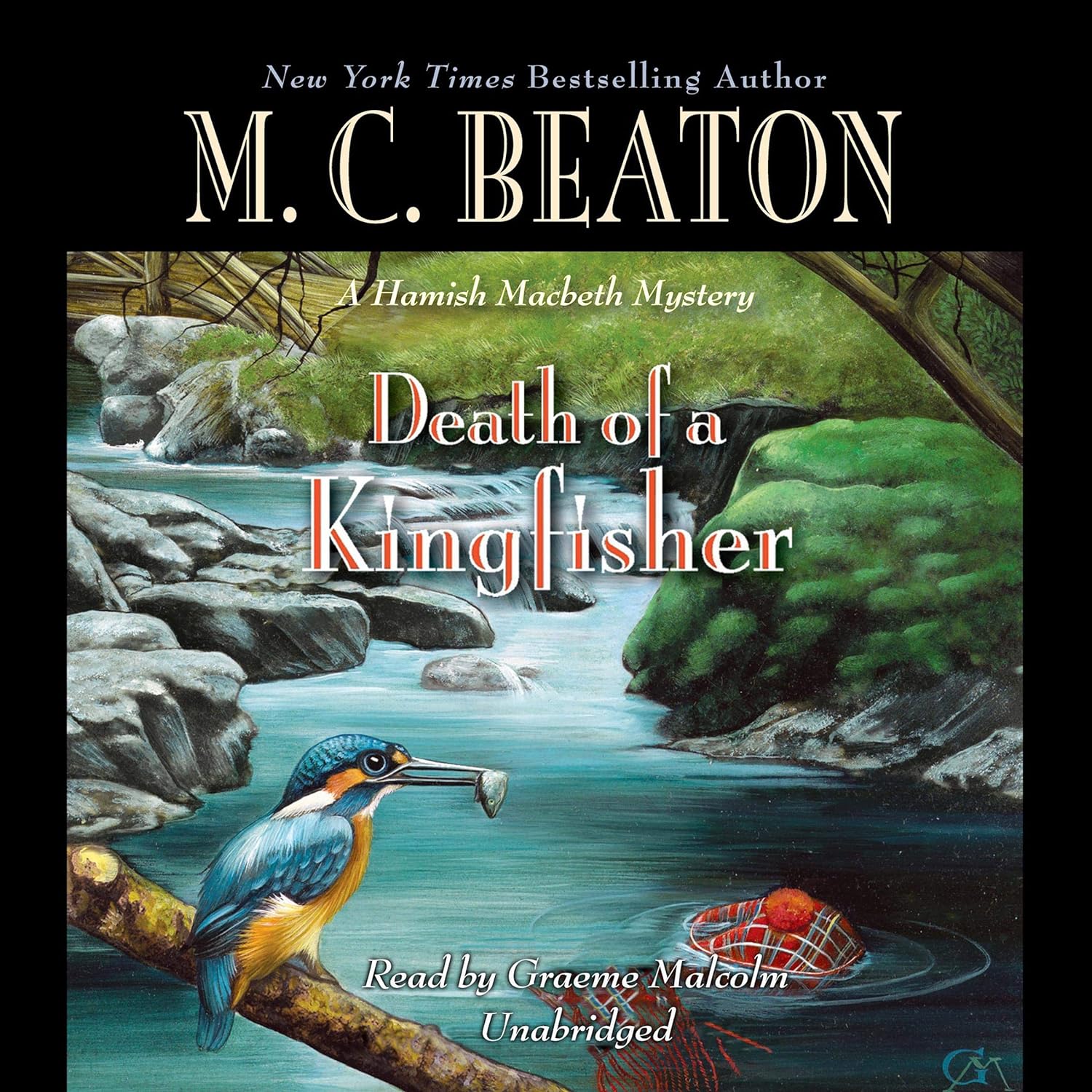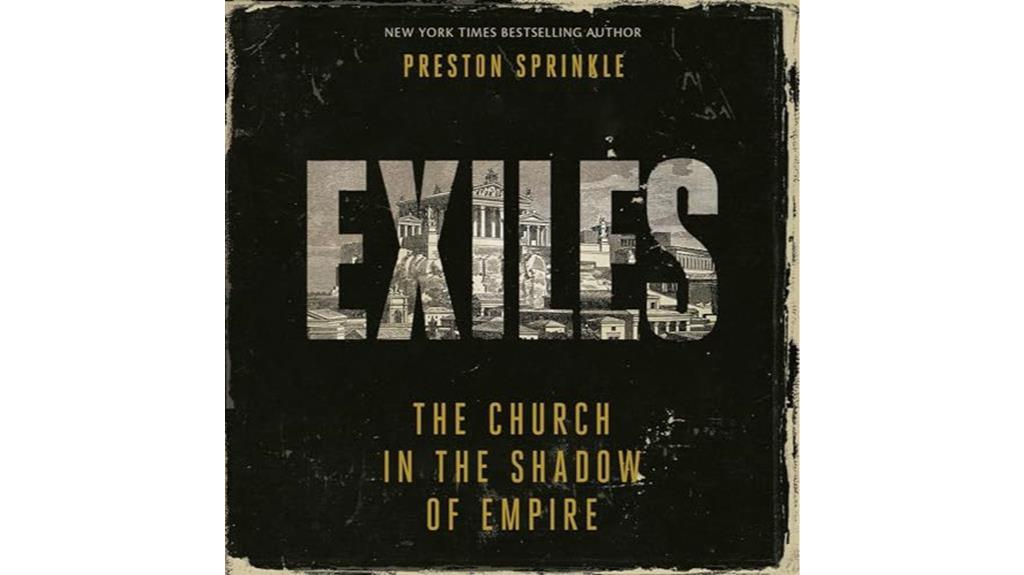The Vanishing Half Review: Compelling Exploration of Identity
As I reflect on Brit Bennett's 'The Vanishing Half,' I can't help but be struck by the intricate web of identity she weaves throughout the narrative. The Vignes sisters' divergent paths offer a glimpse into the complexities of self-discovery and societal expectations. Bennett's exploration of race, family, and personal truths resonates long after the final page is turned. This novel challenges us to confront our own perceptions of identity and leaves us pondering the impact of the choices we make.
Plot
The intricate plot of 'The Vanishing Half' unfolds through multiple timelines, delving into the lives of Desiree and Stella Vignes, twin sisters whose paths diverge dramatically.
As I immersed myself in their stories, I couldn't help but question the constructs of race, identity, and societal expectations that shaped their destinies.
The way Bennett intricately weaves together past and present narratives evokes a sense of unease, highlighting the fragility of personal truths in the face of external pressures.
The sisters' divergent choices force readers to confront uncomfortable truths about privilege, passing, and the enduring impact of societal biases.
Through the lens of Desiree and Stella, the plot challenges us to reevaluate our assumptions about race, family, and the complexities of individual agency in a world fraught with contradictions.
Narration
Crafting a vivid and immersive storytelling experience, Brit Bennett skillfully navigates the narrative in 'The Vanishing Half'. Through her masterful manipulation of time and perspective, Bennett draws readers into the intricate lives of the Vignes sisters, challenging societal constructs of race, identity, and belonging.
The dual timelines offer a unique lens through which to view the characters' choices and consequences, prompting reflection on the fluidity of identity and the enduring impact of societal expectations. Bennett's narrative voice is both poignant and compelling, capturing the complexities of human relationships and the enduring search for self-acceptance.
As the story unfolds, readers are confronted with uncomfortable truths about the ways in which individuals navigate their identities in a world fraught with prejudice and limited perceptions. Bennett's narrative prowess elevates 'The Vanishing Half' beyond a mere tale, transforming it into a profound exploration of the human experience.
Summary
Navigating the intricate lives of the Vignes sisters, Brit Bennett skillfully employs a dual timeline narrative in 'The Vanishing Half'. This technique allows for a rich exploration of identity, spanning from the 1950s to the 1990s, unraveling the complexities of racial and gender dynamics.
Through the divergent paths of Desiree and Stella Vignes, Bennett delves deep into the themes of passing, family ties, and the impact of societal expectations on individual choices. The characters, vividly portrayed with empathy and authenticity, challenge conventional norms, prompting readers to question the constructs of race and identity.
As the story unfolds, it becomes a poignant reflection on the struggle to reconcile one's true self with the facades demanded by society, leaving a lasting impact on how we perceive ourselves and others.
Conclusion
In Brit Bennett's 'The Vanishing Half,' the exploration of identity is a riveting journey that challenges societal norms and personal truths.
Through a masterful manipulation of narrative timelines and perspectives, Bennett delves deep into the complexities of human relationships and the facades we construct to fit societal expectations.
This thought-provoking novel leaves readers questioning the true essence of identity and the impact of societal pressures on our sense of self.







